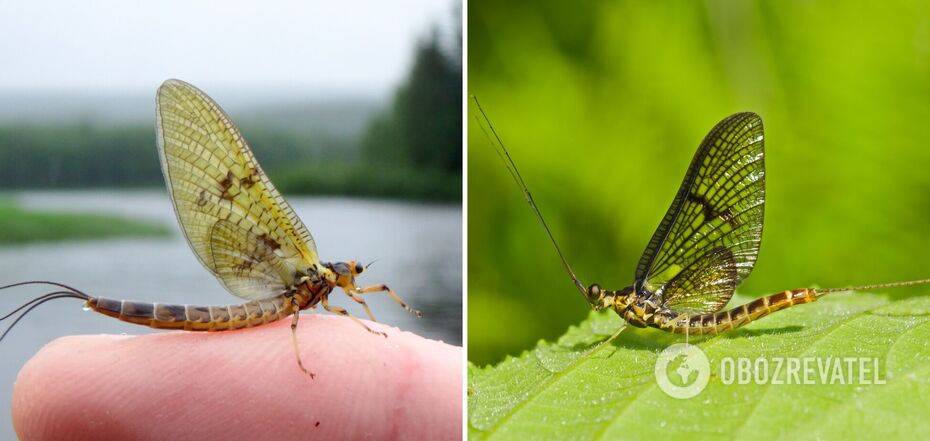Life
What animal has the shortest life: some die in 5 minutes
While scientists are looking for the secret of longevity in animals with extraordinary lifespans, such as turtles, jellyfish, or the naked shrew, creatures that live very little are a source of inspiration for poets and philosophers. By their example, they show how to seize the moment and live for the present. But who holds the record for the shortest life cycle?
There is no definitive answer. But the Live Science publication told us about a clear contender for this title - an insect with the telling name of a one-day damselfly.
These aquatic creatures hatch from eggs as nymphs and live underwater for up to two years. But their adult life in the form of subimago and imago lasts less than a day. Some do not have time to live even 5 minutes. They have to spend this short period of time looking for a partner and mating.
Most species of damselflies move from water to land and air during the subimago stage and then turn into adults to reproduce. Their lives are so short that they have neither a functional mouth nor a digestive system at any stage. The insects live off of energy reserves accumulated during the nymphal stage, said Luke Jacobus, a researcher of the one-day and professor of biology at Indiana University and Purdue University in Columbus.
According to him, the absence of a digestive system makes it possible for more eggs to be placed in the female's body. "I've seen an individual so full of eggs that there were eggs even in her head. With sometimes more than 10,000 eggs per female, they can make the most of their short adult life," the scientist said.
Like any other species with a short lifespan, damselflies are desirable prey for predators, which is why they need to produce large numbers of offspring to survive as a species. And they have carried this evolutionary adaptation from very ancient times - it was so successful for these insects. Thus, fossil daylilies are not much different from modern ones.
According to Heath Ogden, a professor of evolutionary biology at the University of Utah Valley, the dipterans first appeared about 350 million years ago. And based on their example, evolution has discovered that paying a lot of attention to the nymph stage is a really good strategy. "It seems that evolution has decided that as a nymph, you're basically just going to do whatever you need to do in terms of gathering nutrients, and as an adult, you're just a mechanism for flying, reproducing, and laying eggs," the scientist explained.
According to the Georgia Department of Natural Resources' biodiversity portal, cited by Live Science, the sand-dwelling Dolania americana has the shortest adult life of any recorded species of insect. Upon reaching maturity, representatives of this species live less than one hour, and nature has allocated 5 minutes for females to reproduce. However, they spend the same two years in the nymph stage.
But among vertebrates, the fish Eviota sigillata has the shortest life expectancy. According to the Australian Museum, they live only for about two months. Of these, three weeks are spent on the larval stage, which these fish spend in the open ocean. Then they settle on the reef for 1-2 weeks and during this time they become adults. And then their adult life lasts no more than 3.5 weeks, during which they must give birth to offspring.
Earlier, OBOZREVATEL reported that scientists have discovered the remains of animals that were older than dinosaurs, and this may change the way scientists look at evolution.
Subscribe to OBOZREVATEL's Telegram and Viber channels to keep up with the latest developments.



























